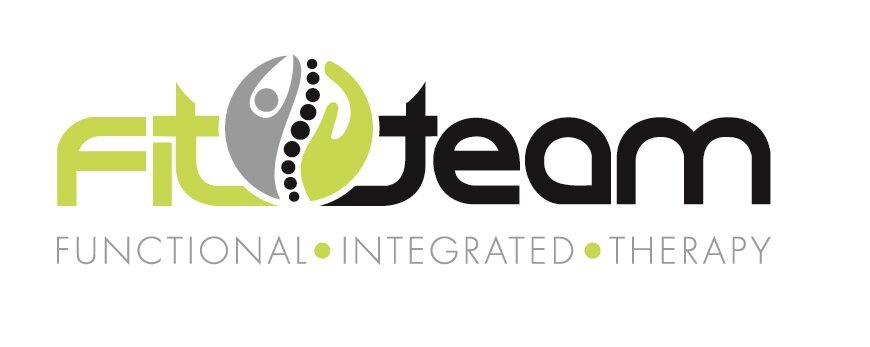Our Services
Osteopathic Treatment
Osteopathy is a form of manual medicine that focuses primarily on diagnosing and treating problems with the musculoskeletal system.
Manual medicine means that both the diagnosis and treatment are achieved through non-invasive means where no surgery or medication is being included in the process.
Instead, an osteopath will detect the cause of your problem by analysing the way your body moves, by both a visual assessment and by touch.
You will be asked a series of questions about your general health, other medical care you are receiving or medication you are taking.
All information you provide will remain confidential.
Through massage, movement and manipulation, your osteopath will work to rebalance the structure and function of the body.
Osteopathy focuses not only on treating the presenting problem but looking holistically at all the factors that have contributed towards your symptoms.
Treatment will aim to relieve pain, improve function and promote healing. It will also help to reduce the likelihood of the problem recurring. Your osteopath will explain their findings to you, so you can understand why your body has not been healing of its own accord.
Depending on the problem, you may be offered advice on exercise to assist your recovery post-treatment to prevent recurrence or worsening of symptoms.
Common conditions that can be treated with osteopathy
general aches and pains
acute & chronic backache
sciatica
hip and knee pain from osteoarthritis
arthritic & rheumatic pain
joint pains
frozen shoulder
tennis elbow and elbow pain
minor sports injuries and tensions
mechanical neck pain
headache arising from the neck (cervicogenic)
migraine prevention
circulatory problems
cramp and muscle spasms
digestion problems
neuralgia & fibromyalgia
Massage
Massage is an ancient therapy with powerful health-enhancing effects. Whether you’re looking for relaxation and rejuvenation to undo the stresses of everyday life or a deeper tissue massage, we have the right therapist for you.
Massages are always tailored to the person receiving them. They aim to leave you feeling invigorated with a renewed sense of well-being.
Our massage therapists offer different types of massage, including therapeutic and sports massage, and aromatherapy massage.
Therapeutic & Sports Massage
Therapeutic and Sports Massage is a deeper form of massage. The treatment involves various deep-kneading, stretching and mobilising techniques to manipulate muscles and joints, bringing about a normal range of movement.
Before treatment begins your massage therapist will take a detailed case history from you.
This will ensure the massage is adapted to you and your body, ensuring appropriate and safe treatment.
Our massage therapists are registered and insured with their professional bodies.
Personal Training
While a lot of the training we provide is boxing-inspired, we wouldn’t call ourselves a fighting or martial arts club. Instead, we help people to achieve outstanding physical and mental shape through training routines and exercises adapted from boxing, kickboxing, Thai boxing, circuit weight training, high-intensity interval training (HIIT) and functional strength training.
This combination of interval, cardiovascular and strength training has been proven to be the most effective workout method for burning fat and building muscle - making you leaner, stronger and fitter in the shortest time possible.
It’s an exciting, fun and effective way to improve your health, fitness and confidence.
We have helped busy mums and dads, professional athletes, people with medical conditions & injuries, as well as Police and Army personnel transform their bodies and their lives.
PILATES
Tuesdays and Thursdays from 7-8pm
Joseph Pilates is based on the following 6 principles:
Concentration to master the art of focusing on one thing and block out all the other thoughts. The aim is to focus fully on the movement flowing seamlessly into the next one, bringing mind and body together.
Breathing to learn to engage the deep abdominals and focus the breath into the rib areas. This is called lateral thoracic breathing.
Centring – in Pilates, it is believed that all movement comes from a strong centre `core` which we can call the `power house`. Exercises are controlled by the contraction of the deep abdominal muscles such as transverse abdominis, lumbar multifidus and the pelvic floor muscles. Pilates aims to strengthen these muscles.
Precision – correct alignment of the body is crucial while exercising. The positioning of the body and mastering the techniques within Pilates are the key to quality execution of the movements.
The Flow – Pilates exercises should be performed in a continuous flowing way, aiming to achieve controlled movement through the concentric and eccentric phases, resulting in a balanced and functional training programme.
Control – focusing on quality of the movement rather than quantity, this principal lessens the risk of injury and assists in balancing weaker parts of the body by strengthening them. Controlling the movements requires concentration while also focusing on good technique and body awareness, thus bringing together many principles of Pilates.
Nowadays Pilates continues to be popular with athletes and dancers, but it has crossed over from elitism and is a popular form of exercise practised widely by the general public. Physiotherapist, Osteopaths and other health professional recognise and endorse Pilates exercise which is often used as part of the rehabilitation programme.
